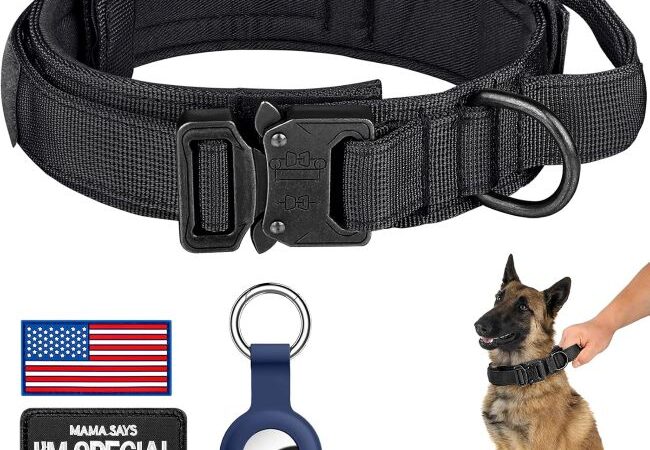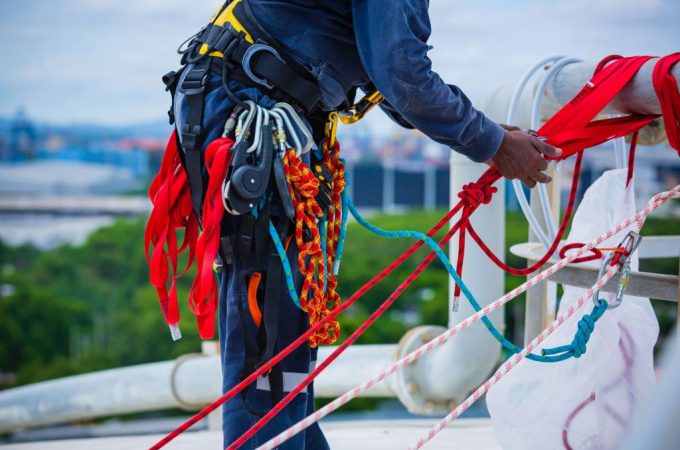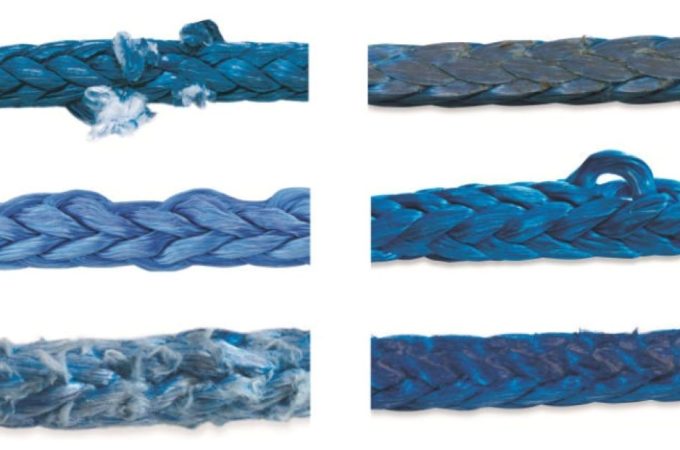
Mastering the Art of Rope Maintenance
Welcome, fellow rope enthusiasts! Whether you’re a seasoned climber, an avid sailor, or just someone who appreciates the versatility of a good rope, you understand the critical role that these strands of woven magic play in our lives. However, in the hustle and bustle of our adventures, it’s easy to overlook the importance of rope maintenance. In this comprehensive guide, we’ll delve into the world of rope care, exploring why it matters and providing you with practical tips to ensure your lifelines stay strong and reliable.
Contents at a Glance
ToggleThe Importance of Rope Maintenance
Think of your rope as a reliable companion on your journeys – whether vertically scaling a mountain or hoisting a sail. Regular maintenance isn’t just about preserving the aesthetics; it’s about ensuring the safety and functionality of your rope. Neglecting this aspect can lead to weakened fibers, reduced strength, and increased susceptibility to wear and tear, compromising your safety and the effectiveness of the rope in critical situations.
Inspection: A Stitch in Time Saves Nine
Routine inspections are the cornerstone of effective rope maintenance. Before every use, carefully examine your rope for any signs of damage. Look for frays, cuts, or abrasions, paying extra attention to areas that may have come into contact with rough surfaces. Run your fingers along the entire length, feeling for inconsistencies that may not be immediately visible. If you spot any issues, it’s crucial to address them promptly to prevent further damage.
Cleaning: A Bath for Your Lifeline
Ropes, like any equipment exposed to the elements, can accumulate dirt, grime, and even salt from seawater. Cleaning your rope not only enhances its appearance but also preserves its strength. Use mild soap and lukewarm water to wash your rope. Ensure thorough rinsing to remove all soap residue, as it can contribute to premature aging. Once clean, hang the rope to air-dry, avoiding direct sunlight, which can cause UV damage.
Storage: Give Your Rope a Resting Place
Proper storage is often underestimated but is crucial for extending the life of your rope. Keep your rope away from direct sunlight, extreme temperatures, and moisture. A cool, dry place is ideal for storage. Coil the rope neatly to avoid kinks, and if possible, store it in a bag to protect it from dust and dirt. Avoid hanging your rope on sharp edges or hooks, as this can cause unnecessary stress on the fibers.
Usage Guidelines: Know Your Limits
Understanding the limits of your rope is paramount for both safety and longevity. Every rope has its working load limit (WLL) and breaking strength, and exceeding these limits can lead to catastrophic failure. Be aware of the type of load your rope can handle, taking into account factors like dynamic loads and shock loading. Consult manufacturer guidelines and, when in doubt, seek professional advice.
Retirement: When to Bid Farewell
Like all good things, ropes have a lifespan. Regular use, exposure to the elements, and the nature of your adventures contribute to wear and tear. Knowing when to retire your rope is crucial for your safety. If you notice significant fraying, a reduction in diameter, or any damage that compromises the integrity of the rope, it’s time to say goodbye. Some manufacturers provide guidelines on the lifespan of their ropes, so be sure to check and adhere to their recommendations.
Conclusion
As rope professionals, we understand the profound impact that proper maintenance can have on the lifespan and performance of our lifelines. By incorporating routine inspections, cleaning, proper storage, adherence to usage guidelines, and knowing when to retire your rope, you’re not just preserving a piece of equipment – you’re safeguarding your well-being. So, fellow rope enthusiasts, let’s pledge to treat our ropes with the care and respect they deserve. After all, a well-maintained rope isn’t just an accessory; it’s a lifeline that connects us to the thrilling adventures that await. Happy roping!
5 FAQs for rope maintenance
1. How often should I inspect my rope for wear and tear?
Routine inspections are crucial for ensuring the safety and longevity of your rope. Ideally, you should inspect your rope before each use. This practice allows you to catch any signs of damage, fraying, or abrasions early on, preventing potential issues during your activities. Even if your rope hasn’t been used recently, it’s still advisable to inspect it regularly, as environmental factors can contribute to wear and tear over time.
2. Can I use any soap for cleaning my rope, or is there a specific type I should use?
While it might be tempting to grab any soap within reach, it’s essential to use a mild, non-detergent soap for cleaning your rope. Harsh chemicals in regular detergents can damage the fibers and affect the rope’s strength. Stick to a mild soap and lukewarm water for cleaning. Ensure thorough rinsing to remove all soap residue, as any leftover soap can contribute to premature aging of the rope.
3. What’s the best way to store my rope when not in use?
Proper storage plays a significant role in maintaining the integrity of your rope. Store your rope in a cool, dry place away from direct sunlight and extreme temperatures. Coil it neatly to prevent kinks, and if possible, use a bag to protect it from dust and dirt. Avoid hanging the rope on sharp edges or hooks, as this can cause unnecessary stress on the fibers. Following these storage guidelines will ensure your rope is ready for action when you need it.
4. How do I know if I’m exceeding the working load limit (WLL) or breaking the strength of my rope?
Knowing and adhering to the working load limit (WLL) and breaking the strength of your rope is crucial for safety. These specifications are typically provided by the manufacturer and can be found in the product documentation. Be aware of the type of load your rope can handle, considering factors like dynamic loads and shock loading. If you’re unsure, consult the manufacturer’s guidelines or seek advice from a rope professional to ensure you stay within the safe limits of your equipment.
5. When is it time to retire my rope, and what signs should I look for?
Understanding when to retire your rope is essential for your safety during activities. If you notice significant fraying, a reduction in diameter, or any damage that compromises the integrity of the rope, it’s time to retire it. Some manufacturers provide guidelines on the lifespan of their ropes, taking into account factors like frequency of use and exposure to environmental elements. If your rope exhibits signs of wear and tear, consult these guidelines and consider replacing it to maintain the highest level of safety during your adventures.





